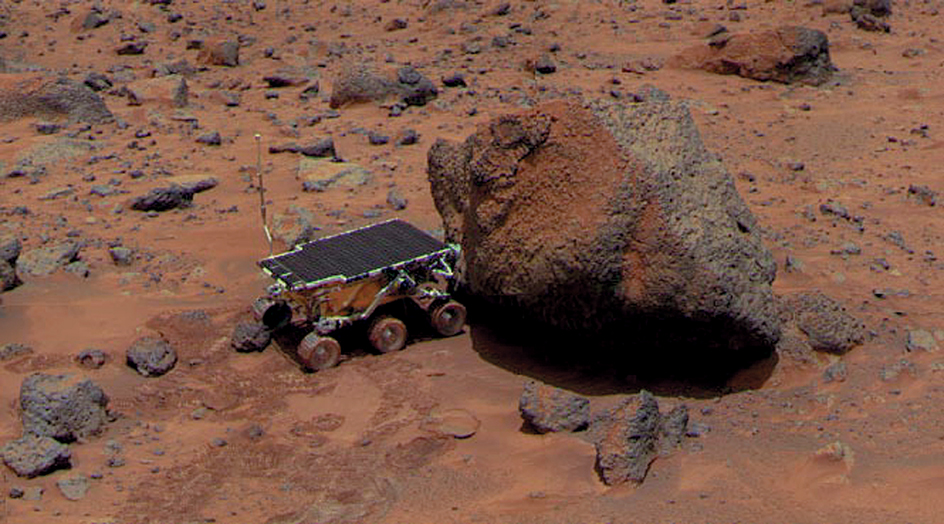Remote control is the control of a system from a distance. Remote controlled systems include television sets, automatic garage door openers, guided missiles, manufacturing equipment, model aircraft, robots, and spacecraft. The distance from which they can be controlled ranges from a few feet or meters to millions of miles or kilometers. Remote control improves the ease and efficiency of many operations. It also helps perform tasks that otherwise would be too difficult or dangerous.

The parts of a remote control system.
All remote control systems include three basic types of mechanisms: (1) communication mechanisms, (2) actuating mechanisms, and (3) measuring mechanisms.
Communication mechanisms
are used in the encoding (translation), transmission, reception, and decoding of the operator’s commands. The command is encoded into a signal. The signal may travel through the air as radio frequency (RF) waves, infrared light waves, or ultrasound waves; through wires as an electrical signal; or through optical fibers as a pattern of light signals. A corresponding detector receives and decodes the signal.
Actuating mechanisms
put commands into motion. The decoded signal may directly actuate (turn on) switches and motors. Alternatively, it may be stored in a microcomputer or microprocessor. These tiny electronic devices can be programmed to perform computer tasks—in this case, controlling the switches and motors.
Measuring mechanisms
provide a means of determining if the remote system is performing as desired. The operator may make such determinations by direct observation or by examining data collected by an electronic device. If necessary, the operator may issue new commands to correct the performance of a remote system. In addition, a system may have an automatic control mechanism. Such a mechanism makes adjustments based on measurements of actual performance and either a set of programmed rules or an operator’s commands. The system may need an automatic control mechanism if incorrect performance can have serious consequences, the environment is too dangerous for a person to be present, or a quicker response to change is needed than a human operator can provide.
Applications of remote control.
A common example of a remote control system is a radio control model airplane. A human operator uses a transmitter to send RF signals to a receiver in the plane. The receiver decodes the signals and uses them to direct electric motors that control the plane’s movements. The operator corrects the airplane’s motion by providing different commands to the transmitter. See Airplane .
RF waves also make possible the remote control of antennas and spacecraft. Infrared remote control operates such home entertainment equipment as television sets, videocassette recorders, compact disc players, and DVD players. Infrared remote control also enables personal computers to communicate with printers. Human operators in a command center send electrical signals through wires to control processing equipment in industrial plants. Fiber optics can instantaneously send a motion picture from a supplier on the Internet to a television set equipped with a remote control device.
History.
The first machines operated by remote control were radio-controlled motorboats. The German Navy developed them to ram enemy ships during World War I (1914-1918). The military on both sides developed radio-controlled bombs and other remote control weapons during World War II (1939-1945). Manufacturers introduced automatic garage door openers in the late 1940’s and remote control televisions in the mid-1950’s.
Robots operated by remote control performed much of the cleanup of the Three Mile Island nuclear power plant near Harrisburg, Pennsylvania, after an accident in 1979 released radioactive materials. The National Aeronautics and Space Administration used a remote-controlled vehicle, the Mars Sojourner Rover, in 1997 to study the composition of rocks and soil on Mars.

Today, the Internet allows people to control various distant systems and observe their responses. Using applications on the World Wide Web, a system of interconnected files of text, illustrations, sounds, and moving pictures on the Internet, people can control such devices as robots, telescopes, and cameras.
